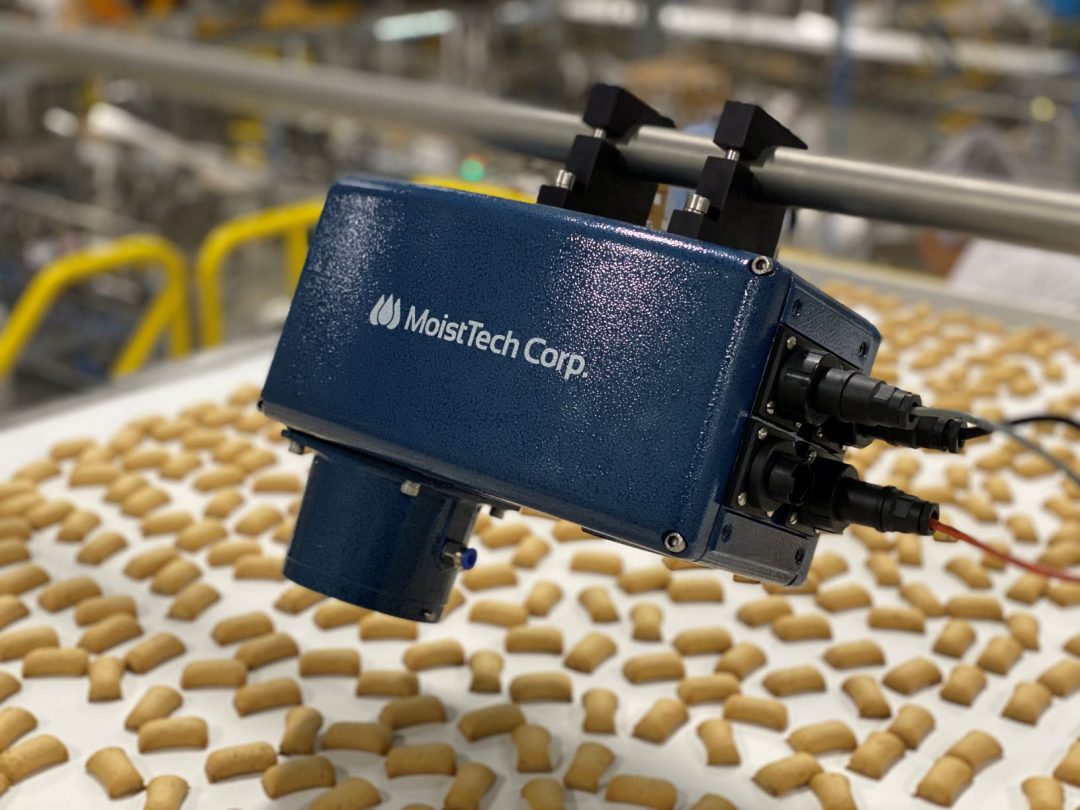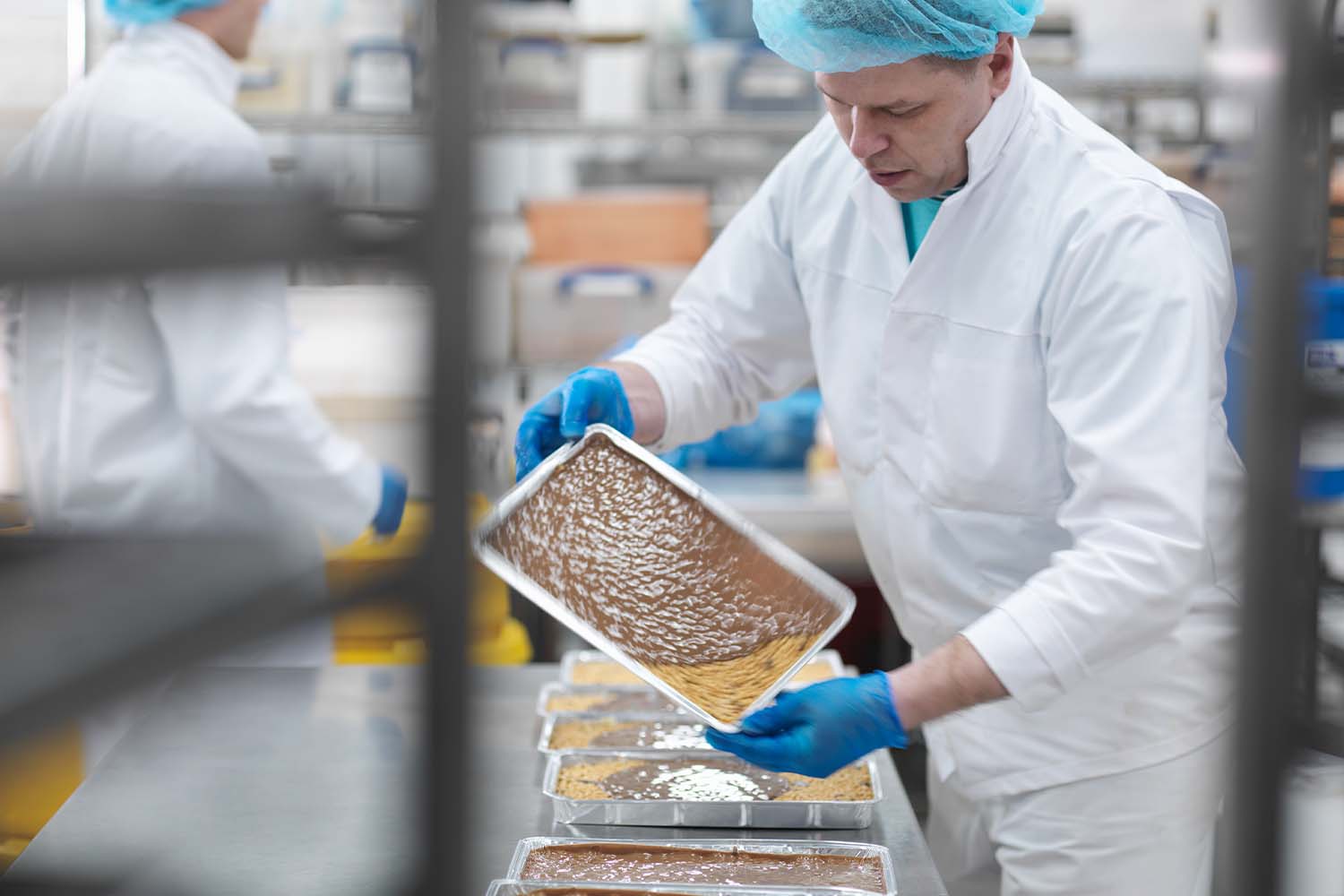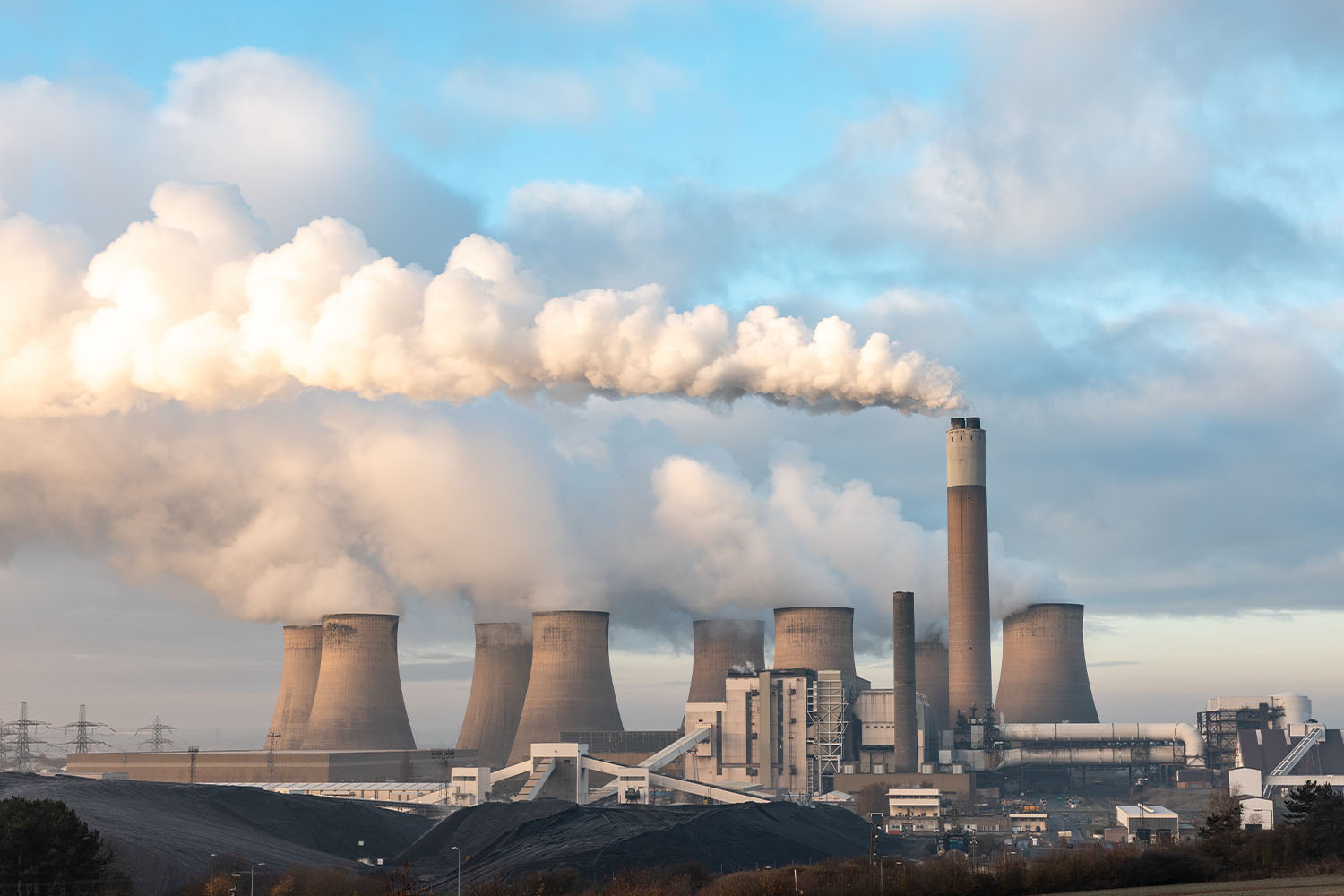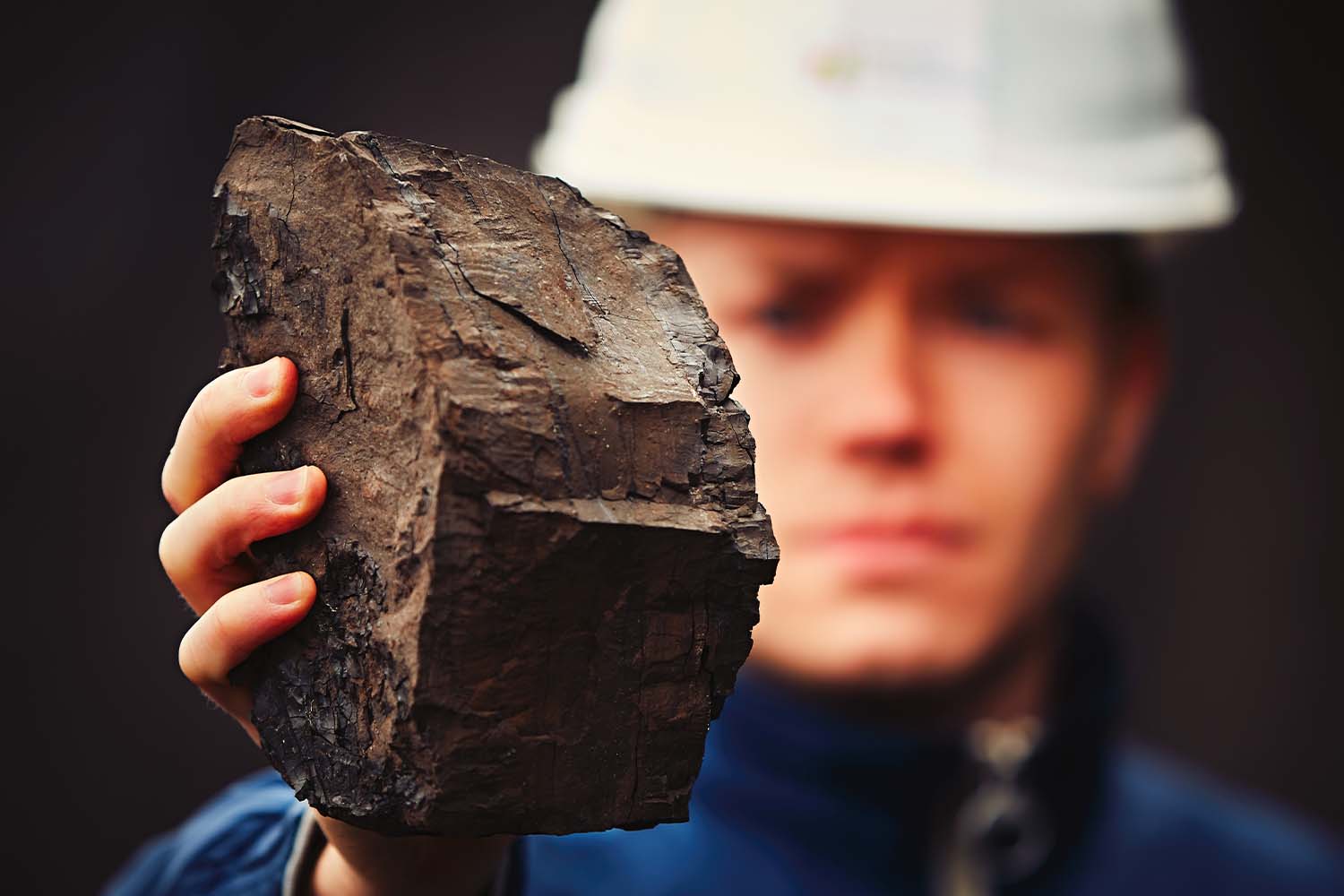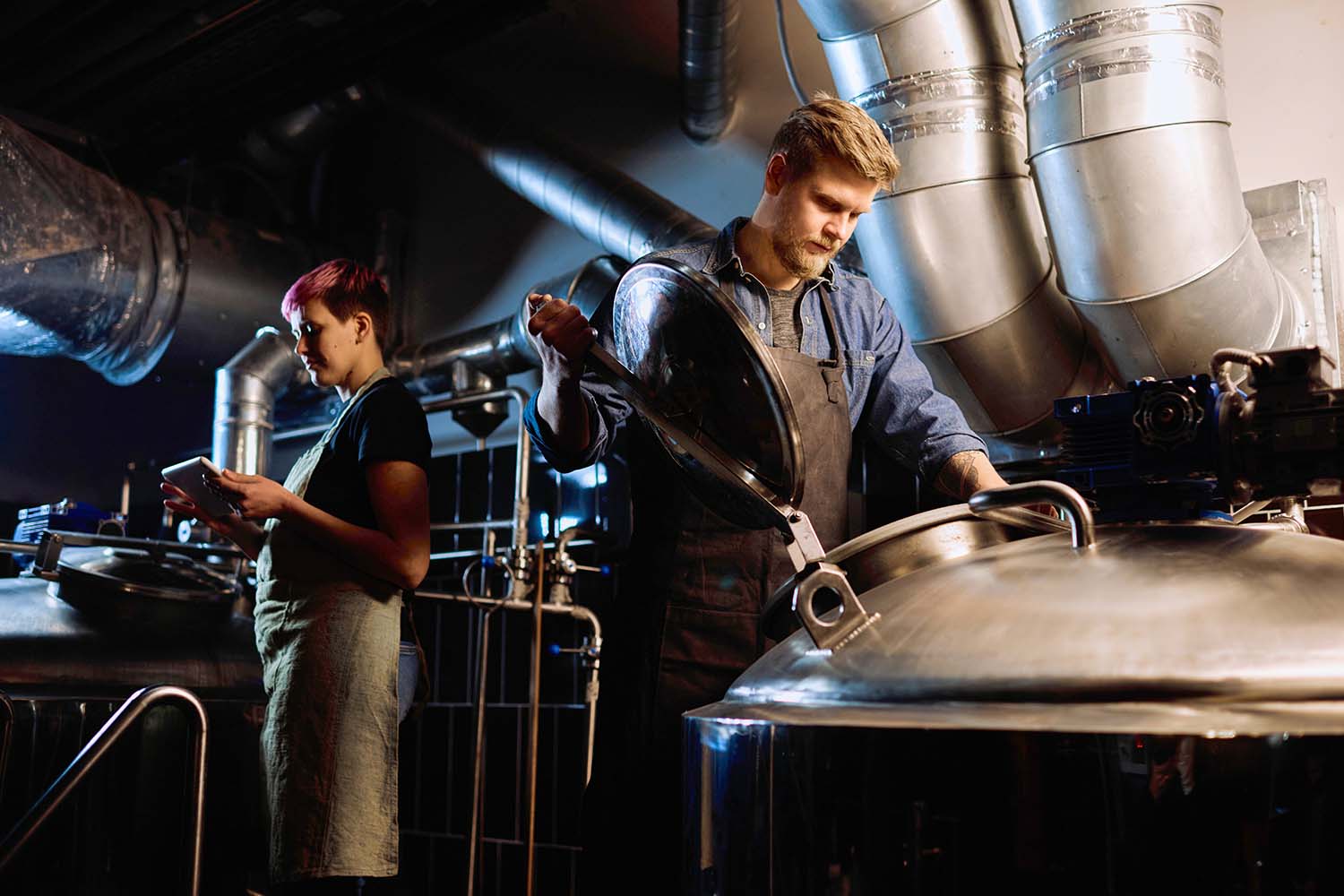Introduction to Biomass Boilers
Biomass boilers, pivotal in sustainable energy production, utilize wood biomass as fuel. There are a handful of global suppliers who manufacture robust biomass boiler plants, renowned for their efficiency and durability. These boilers are fundamental in converting biomass into energy. In this blog we will be discussing the key parameters effecting the boiler efficiency, with focus on the moisture content of the incoming material and how to measure and control moisture with the latest NIR technology offered by Moisttech.
Types of Biomass Boilers
There is a diverse array of biomass boilers, including water and gas tube boilers, thermal oil boilers, and boilers with single-pass, two-pass, and multi-pass designs. These types cater to different heat carriers, ranging from warm water to superheated steam, accommodating various industrial needs and efficiency standards. Selection of the boiler type would be based on the nature and quality of the incoming material. Boiler manufacturers would typically consult with the client and make their recommendations as to the best technology for the clients particular set of circumstances.
The market assessment of biomass boilers in the Asia-Pacific region includes various capacities like 25-50 MW, 10-25 MW, and 2-10 MW. Boilers with a capacity of 2-10 MW are particularly prevalent for hot water and steam boilers. These are commonly used with low-grade biomass with higher moisture content and are favored due to their minimal space requirements and ease of relocation.
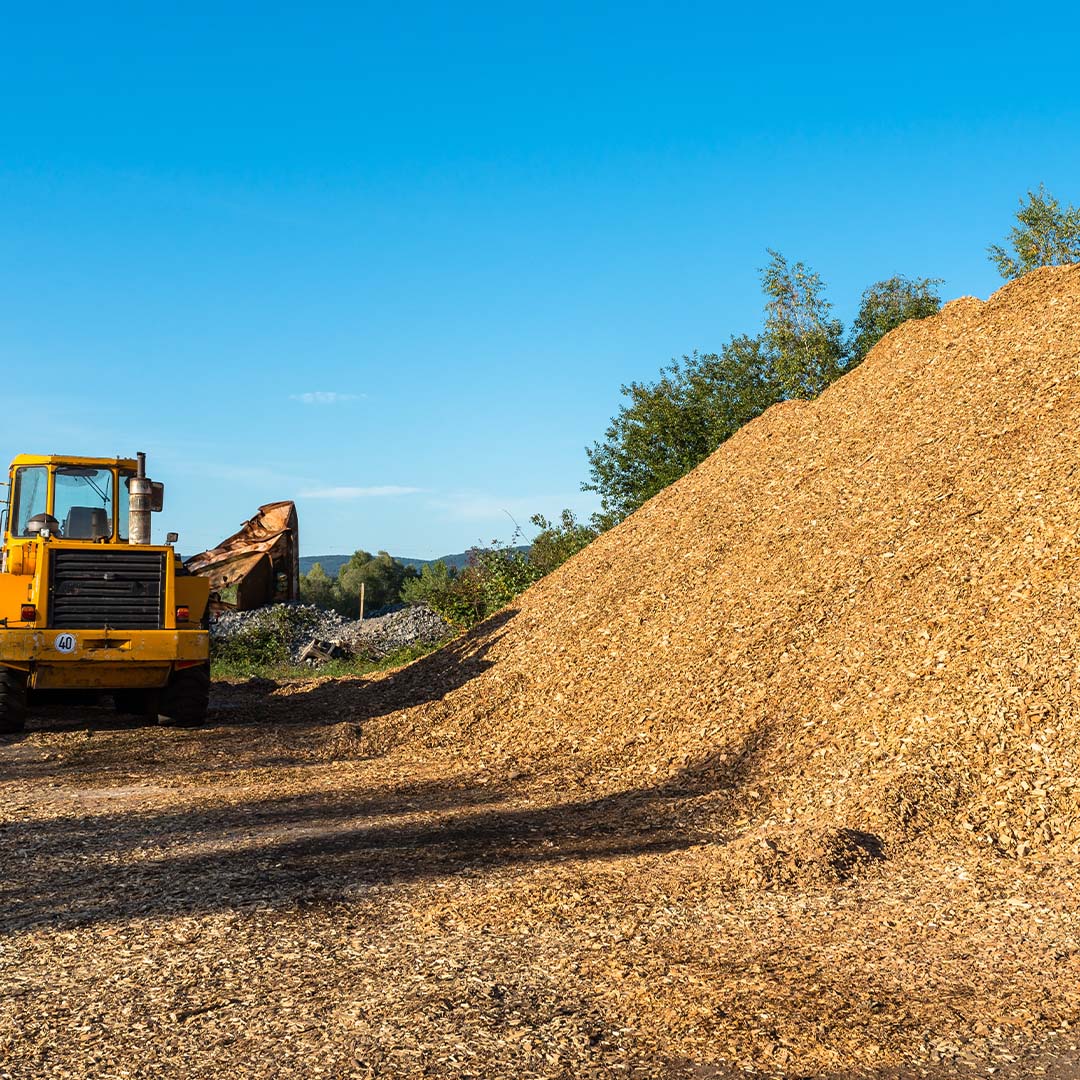
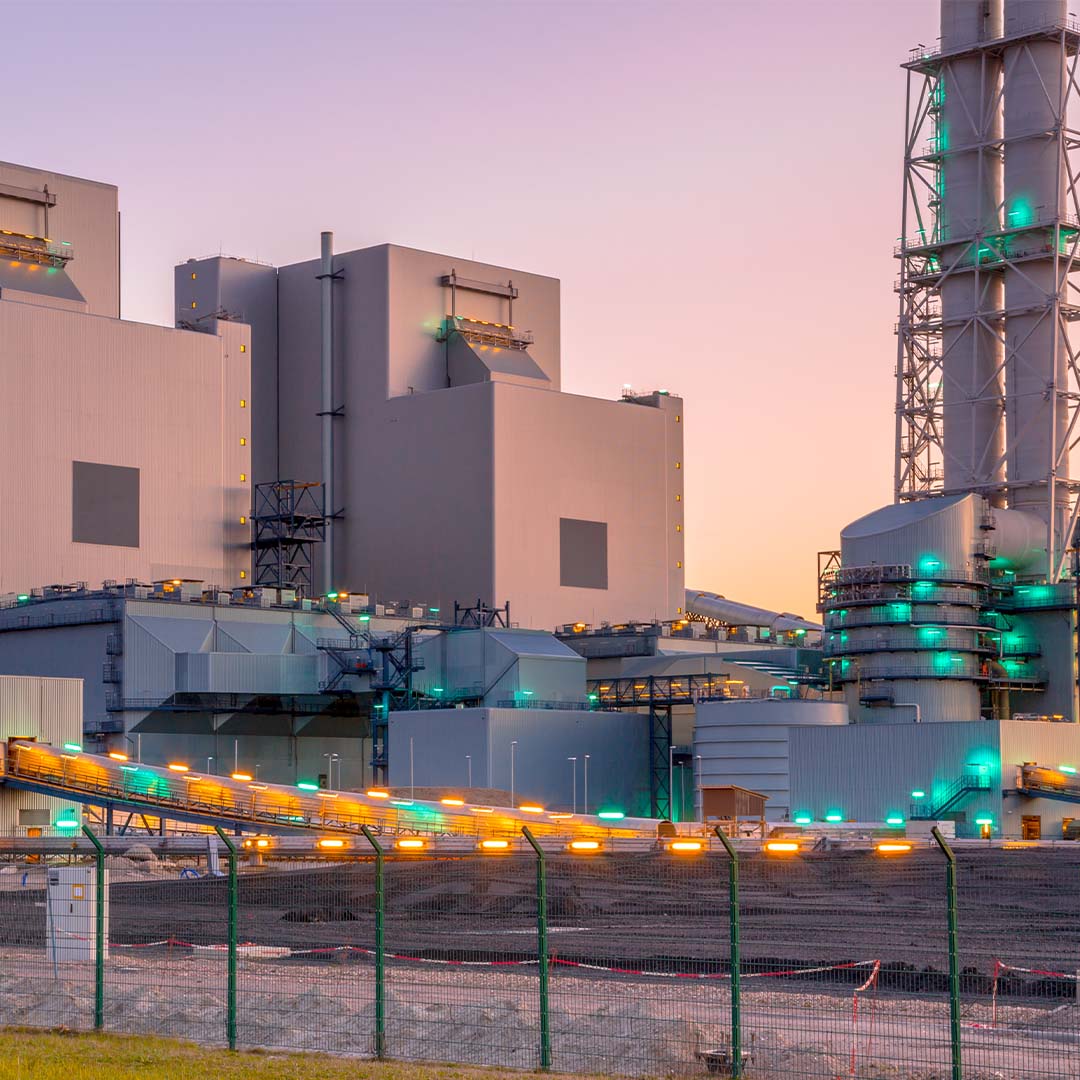
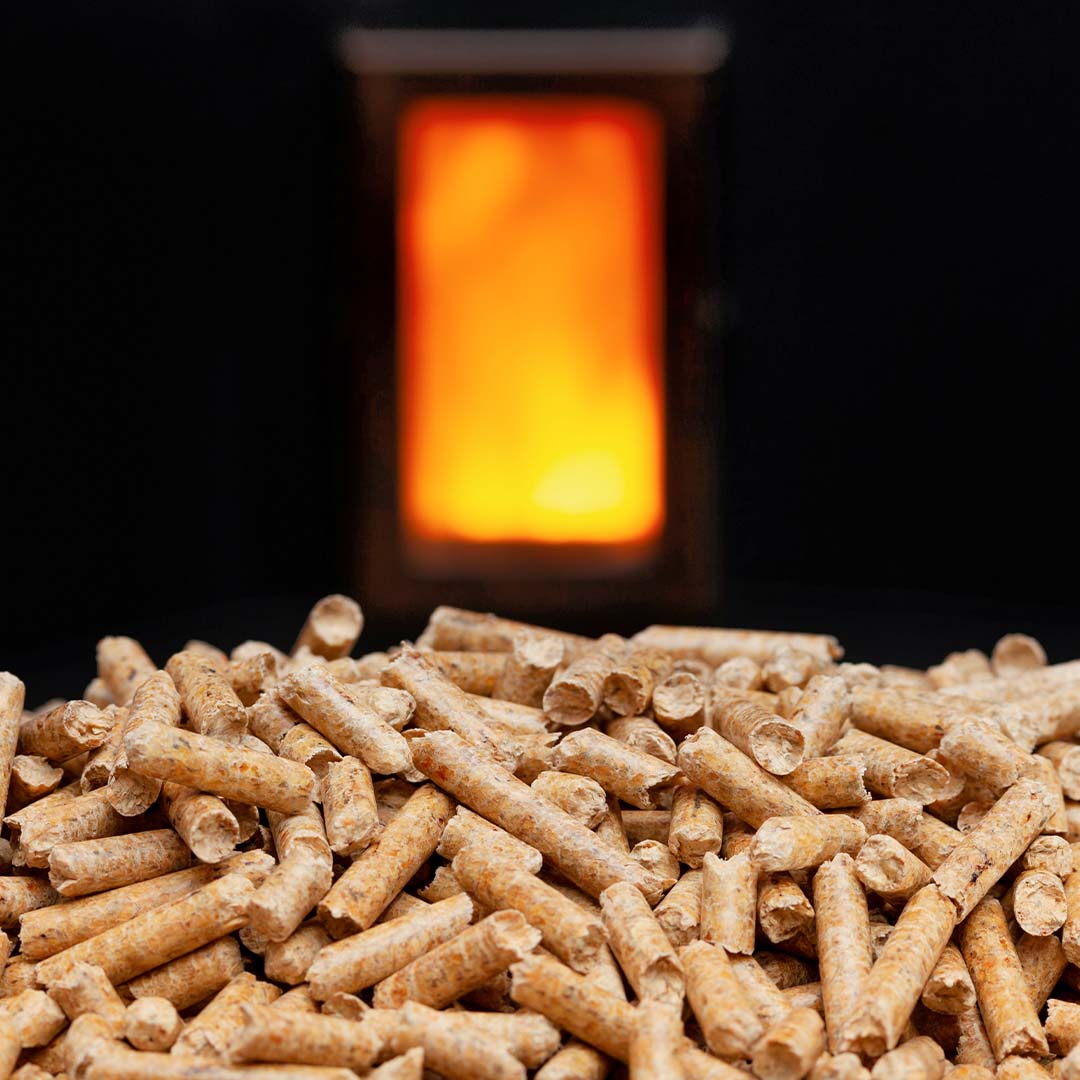

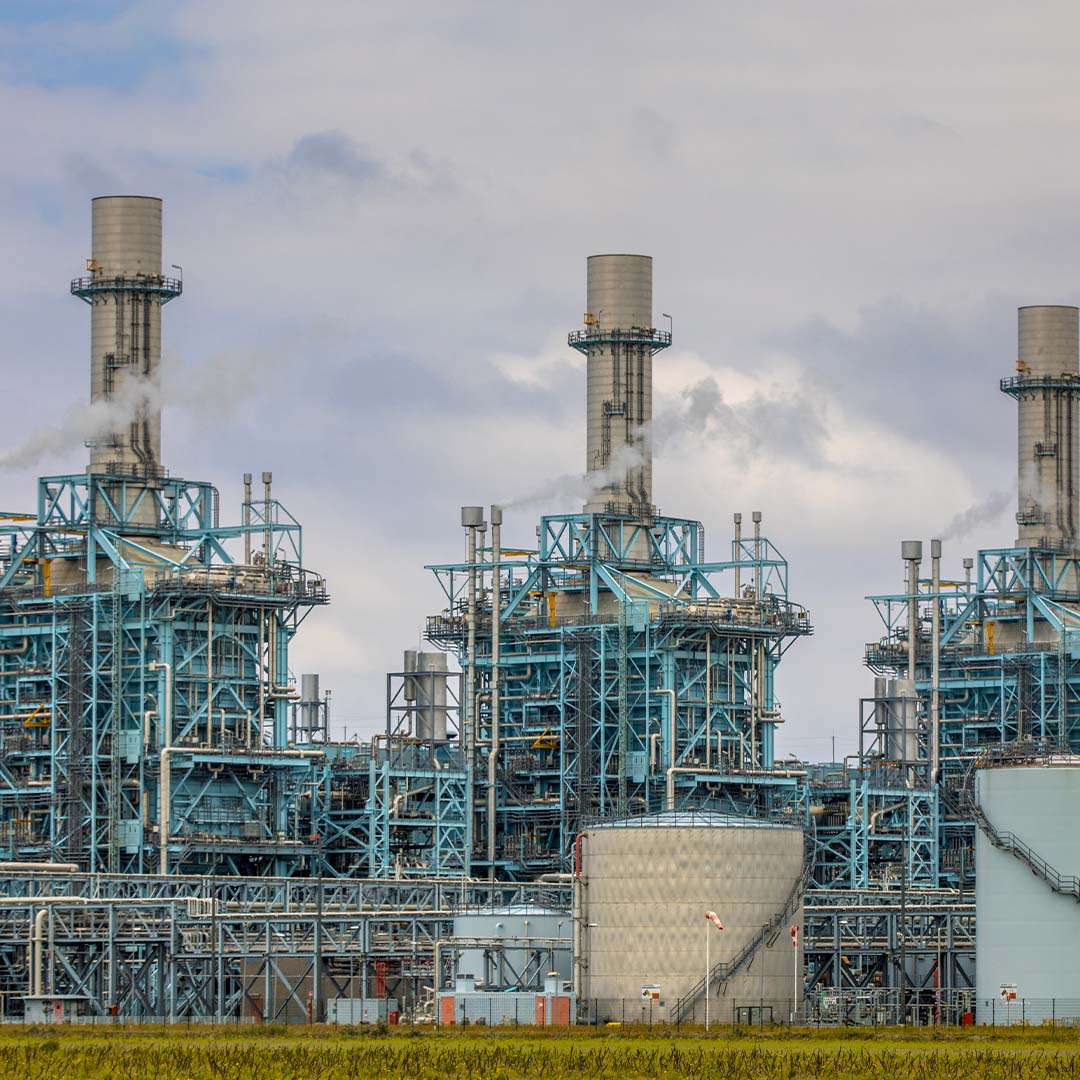
The Importance of Moisture in Biomass Fuels
The efficiency of biomass boilers is heavily influenced by the moisture content of the wood biomass. Boiler manufacturers employ sophisticated control systems to regulate this, ensuring optimal boiler operation Advanced control systems can optimize boiler performance by adjusting the combustion process and other operational parameters in real-time. This ensures the boiler operates efficiently under varying load conditions. The efficiency of a boiler is influenced by several factors, which can vary depending on the type of boiler, its design, and its operating conditions. Some of the key factors that influence boiler efficiency due to moisture are:- Fuel Quality: The type and quality of fuel used significantly affect boiler efficiency. For instance, in biomass boilers, moisture content in the biomass impacts combustion efficiency. Higher moisture content typically results in lower efficiency due to additional energy required to evaporate the water before combustion.
- Combustion Efficiency: This refers to how well the fuel is burned in the boiler which again is influenced by the moisture in the fuel. Efficient combustion ensures maximum energy is derived from the fuel, which is critical for maintaining high efficiency. Incomplete combustion leads to energy loss and can produce harmful emissions.
Other Factors Affecting Biomass Boiler Efficiency
Ambient Conditions: External factors like ambient temperature and humidity can also influence boiler efficiency. For instance, colder ambient temperatures can increase heat losses, reducing the overall efficiency. Flue Gas Temperature: The temperature of the flue gas leaving the boiler is an indicator of energy loss. High flue gas temperatures suggest that heat is escaping without being used for heating water or producing steam. Excess Air Levels: Providing the right amount of air for combustion is critical. Too much air (excess air) can lower the temperature of the combustion and reduce efficiency, while too little air can lead to incomplete combustion. Insulation: Proper insulation of the boiler and its piping helps to reduce heat losses, thereby improving efficiency. Steam Quality: In steam boilers, the quality of steam (dryness fraction) can impact efficiency. Wet steam, which contains water droplets, carries less energy than dry steam. Understanding and optimizing these factors as well as the moisture is crucial for maintaining high efficiency in boiler operations, leading to energy savings, reduced fuel consumption, and lower environmental impact.Wood Biomass Varieties
The varieties of wood used in biomass boilers can vary widely depending on local availability, cost, and the specific requirements of the boiler system. Here are some common types of wood used in biomass boilers:- Wood Chips: These are small pieces of wood that are produced by chipping larger pieces of wood. Wood chips are a popular fuel for biomass boilers because they are relatively easy to produce and handle. They are often sourced from forestry operations, tree trimming, or wood processing industries.
- Wood Pellets: Wood pellets are small, cylindrical pieces made from compressed sawdust or other wood waste. They are highly uniform in size and moisture content, which makes them a very efficient fuel for biomass boilers. Pellets are often used in smaller, residential or commercial boiler systems due to their ease of transport and storage.
- Sawdust: Sawdust, a byproduct of woodworking and lumber industries, can be used as a fuel in biomass boilers. However, its use can be limited by its fine, powdery nature, which can create handling and feeding challenges in some boiler systems.
- Bark: Bark is another byproduct of wood processing that can be used as a biomass fuel. It is generally less energy-dense than other wood fuels but can be a cost-effective option where it is readily available.
- Forest Residues: This includes a variety of materials left over from forestry operations, such as branches, leaves, and small trees that are not suitable for lumber or paper production. Forest residues are a common source of fuel for larger biomass boilers, especially in areas with extensive forestry industries.
- Energy Crops: While not wood in the traditional sense, some biomass boilers are designed to burn energy crops like short-rotation coppice (e.g., willow or poplar) or miscanthus (a type of grass). These crops are grown specifically for energy production and can be harvested on a regular cycle.
- Recycled Wood: This includes waste wood from construction, demolition, and recycling centers. It needs to be carefully screened for contaminants like paint and preservatives, which can cause emissions problems in boilers.
- Agricultural Residues: Although not a wood variety, agricultural residues like straw and husks can sometimes be used in biomass boilers, either alone or blended with wood fuels.
Moisture Measurement Techniques
Technologies from companies like MoistTech are at the forefront of moisture measurement. Their accurate and reliable systems ensure that wood biomass maintains the optimal moisture level for effective boiler operation. The Moisttech IR3000 is a non-contact technology allowing the Boiler manufacturer or end user to easily incorporate the device on the boilers in feed conveyor. The signal form the Moisttech IR3000 moisture analyser is fed into the boilers control system or PLC either via analogue or digital communication directly from the Moisttech sensor.Advanced Sensor Technology
MoistTech’s IR-3000 Near Infrared Sensor represents a significant advancement in moisture measurement. This technology provides real-time, non-contact measurements, enhancing efficiency and consistency in monitoring wood biomass moisture. The analyser will measure all types of biomass material and other fuels so if the boiler is a cogeneration system fuelled with a mix of material this is no issue for the analyser. With 50 on board product codes the analyser can be pre calibrated to operate on a wide range of material including non biomass materials such as coal. Accuracy in moisture measurement is paramount. Technologies like those from MoistTech come pre-calibrated, ensuring consistent and reliable moisture readings crucial for maintaining biomass quality and boiler efficiency. As the analyser is delivered pre-calibrated the user simply installs the unit over the conveyor with the 2 mounting brackets supplied and the equipment is ready to go. With its self-standardisation algorithm, the Moisttech IR3000 is a one time calibration non drift technology, this give peace of mind to the user that they will have accurate and repeatable results every time. This is critical for precise process control.Calibration and Standardization in Moisture Measurement
Accuracy in moisture measurement is paramount. Technologies like those from MoistTech come pre-calibrated, ensuring consistent and reliable moisture readings crucial for maintaining biomass quality and boiler efficiency. As the analyser is delivered pre-calibrated the user simply installs the unit over the conveyor with the 2 mounting brackets supplied and the equipment is ready to go. With its self-standardisation algorithm, the Moisttech IR3000 is a one time calibration non drift technology, this give peace of mind to the user that they will have accurate and repeatable results every time. This is critical for precise process control.Market Growth and Projections in our Region
The Asia-Pacific industrial biomass boiler market is experiencing significant growth, driven by increasing demand for biomass-based energy sources. This demand surge is largely due to dwindling fossil fuel reserves and escalating energy requirements, particularly in populous countries like China and India. The market is anticipated to grow at a compound annual growth rate (CAGR) of 12.34% during 2023-2032.Key Countries for Biomass
The significant countries in the Asia-Pacific biomass energy market include China, Japan, India, Australia, and South Korea. In China, the shift towards biomass is fueled by the inability of fossil fuel reserves to meet the country’s growing energy demands. Government policies are supporting this transition, promoting the use of biomass and consequently driving the growth of the industrial biomass boiler market in the region. With efficiency and control in mind companies like Moisttech operate in the region supplying end users and OEM’s with a full support network and a presence in each country to support their non-contact NIR moisture analysers.Market Size in 2023
As of 2023, the Asia Pacific biomass energy market reached a value of about 58.22 GW. The market is expected to continue growing at a CAGR of 9% from 2024 to 2032. The growth of the industrial biomass boiler industry is a significant factor in the development of the Asia Pacific biomass energy market. The shift from coal to cleaner fuels like biomass in thermal power plants, influenced by favorable government policies, is expected to substantially contribute to market demand.Conclusion: The Future of Biomass Energy and Moisture Measurement
The future of biomass energy is intrinsically linked to advancements in moisture measurement technology. As we move towards more sustainable energy sources, the efficiency and effectiveness of biomass boilers will increasingly rely on precise moisture control. This symbiotic relationship between biomass and moisture measurement technologies like the NIR moisture analysers offered by MoistTech is key to achieving greater energy efficiency and sustainability in the future.Equipment referred to in this article
-
Moisttech
IR3000 Online Moisture Transmitter


